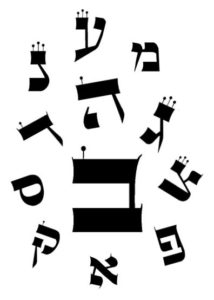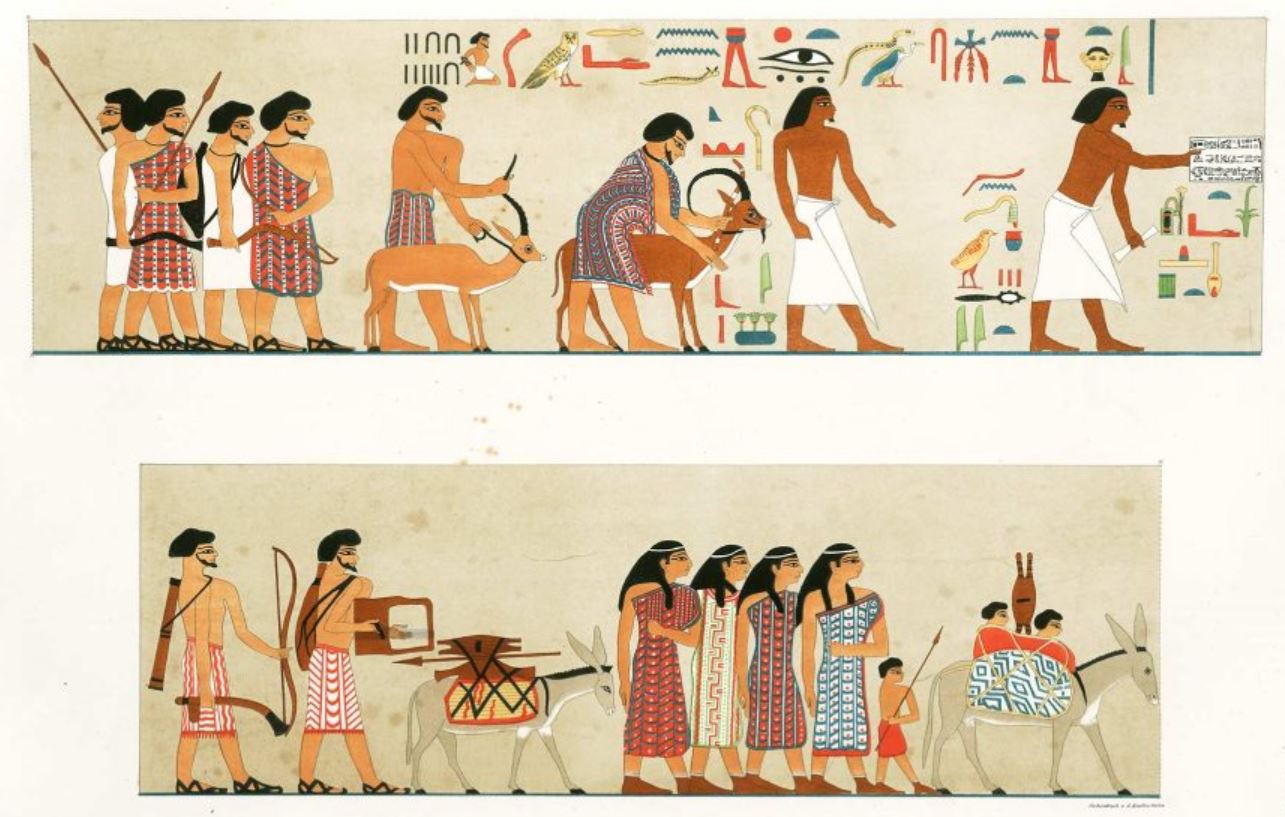In this week’s parasha, Bo, the Israelites are finally freed from their subjugation in Egypt. We read that in their haste to leave, they bound up their unleavened dough in their garments (Exodus 12:34). Intriguingly, the very next verse says that the Israelites took from the Egyptians “silver items, gold items, and garments”. This is significant in light of the famous Midrash that the Israelites merited to be saved because they preserved three things throughout their long enslavement: their cuisine, their language, and their clothing (see Pesikta Zutrata on Ki Tavo, 46a).* In other words, the Israelites preserved their unique Hebrew foods (included in which is observing the mitzvah of not consuming the gid hanashe, which began with Jacob), their divine Hebrew language, and also their unique mode of dress. What was this dress, and how was it different from the garments of the Egyptians?
Tag Archives: Joseph
The Kabbalah of Yom Kippur
What is the deeper meaning behind the five afflictions of Yom Kippur? How do they serve to purify the five aspects of the soul? Find out in the shiur below, where we also discuss whether the sons of Jacob actually sold their brother Joseph or not, the Ten Martyrs that are mourned on Yom Kippur, miracles of the Yom Kippur War, and the role of air and water in Creation.
The Letter of Creation
The following is an excerpt from Garments of Light, Volume Two. Get the book here.
 Vayigash elav Yehudah, “And Judah approached him…” The Zohar begins its commentary on this week’s parasha by briefly citing a well-known Midrash about how the letters of the Hebrew alphabet approached God seeking to be the letter through which God creates the universe. The account is presented in full in an ancient text called Otiot d’Rabbi Akiva, and is also referenced to in multiple places, including the first chapters of Beresheet Rabbah and Yalkut Shimoni. The Zohar itself provides a detailed account in its first pages (I, 2b-3b):
Vayigash elav Yehudah, “And Judah approached him…” The Zohar begins its commentary on this week’s parasha by briefly citing a well-known Midrash about how the letters of the Hebrew alphabet approached God seeking to be the letter through which God creates the universe. The account is presented in full in an ancient text called Otiot d’Rabbi Akiva, and is also referenced to in multiple places, including the first chapters of Beresheet Rabbah and Yalkut Shimoni. The Zohar itself provides a detailed account in its first pages (I, 2b-3b):
…when the Holy One, blessed be He, desired to create the world, the letters of the alphabet appeared before Him (in reverse order). First came Tav and said: “Master of the Universe, may it be Your will that You create the universe with me, for I am Your seal of Truth [emet], and You are called Truth. It would therefore be fitting for the King to start His Creation with the letter of Truth.”
The Holy One, blessed be He, replied: “You are right and worthy, but I shall not create the universe with you, for you will be the mark upon the foreheads of the faithful, who fulfil the Torah from Aleph to Tav. With your mark, they shall die, for you are the seal of death [mavet].”
Being the last letter of the alphabet, Tav is the “seal” of God, and God’s seal is Truth. Tav argued it should be the letter of Creation—and the first letter of the Torah—because it represents Truth. God responded that Tav also represents death. The Talmud (Shabbat 55a) states that when a person is “marked” for death, the mark is a letter Tav on their forehead. And so, the universe cannot be created with a Tav. Next came the letter Shin: Continue reading

